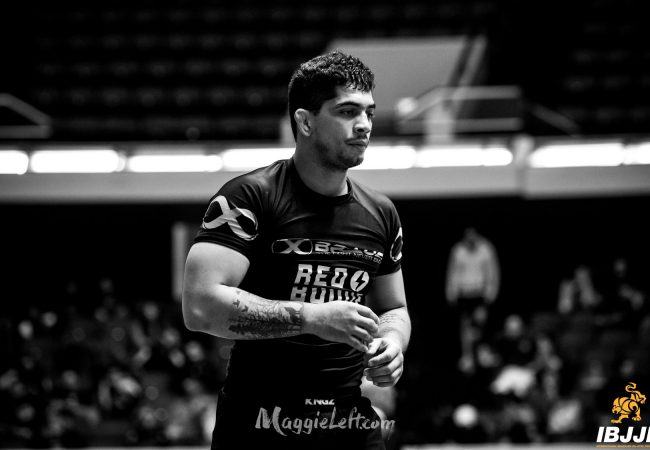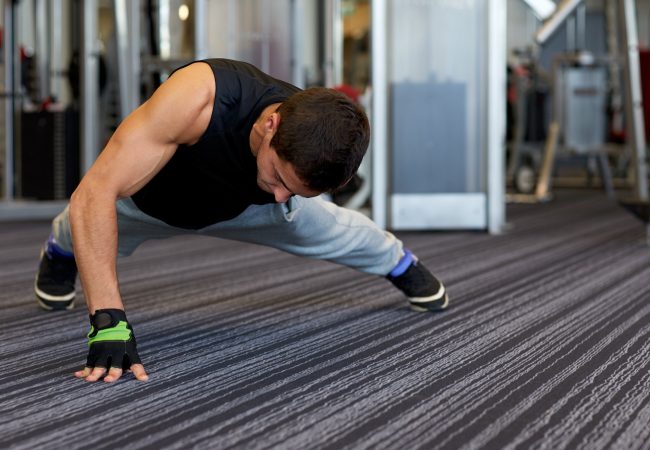By Rafael Ribeiro *
3- All practice, no theory
Theoretical training is the hours invested in studying the sport. The result of this investment is that the athlete becomes more conscious of everything they do. When things make sense and you develop this consciousness, there is a significant boost to your self-confidence. Some examples:
. The understanding of the formatting of the training and the meaning of the model of periodization adopted for it.
. The explanation of concepts of physiology and biochemistry to show the athlete the meaning of doing or not doing certain things.
. Films, books and series with stories of great names of the sport.
. Watching opponents’ fights as well as their own.
4- Working on the “five pillars” in an isolated, unconnected way
Sports training rests on five pillars: physical, technical, tactical, theoretical and emotional. Note that the physical part is surrounded by other factors.
The pillars must be worked on in such a format that they combine with each other. Here are two examples that explain these relationships:
- A) An athlete with a game more focused on movement. Their training must support their tactical fighting model and prioritize physical skills like speed and agility. But with an athlete that fights with more pressure, the main goal of the training is maximum force and isometrics. If the coach ignores these points, they will design a training regimen that won’t benefit their athlete’s strong suit.
- B) If the athlete is fighting at an event with unfamiliar rules, they need to have a decisive early portion of the fight to secure the tactical design chosen for the encounter. So their physical training must deal with speed. Even if this athlete is the type to use more force and isometrics.
The combinations are endless, and the work of customization must contemplate the five pillars.
5- Underestimating the moments of rest
This is one point that very few people pay attention to, and which makes an absurd difference in performance. Sleep is an important repairer of body and mind. It is also through the quality and incidence of light that the body dispenses the growth hormone. There are scientific studies that show a reduction in the number of injuries at at least 8 hours of sleep. Some great Olympic champions sleep as much as 9 to 12 hours a day. There are several strategies that can improve the quality and amount of your sleep. I use an app with some athletes (Sleep Better) that monitors sleep through the night. Another physiological parameter I use daily is the heart rate variability (HRV), which also shows me what the athlete’s physiological state is that day. And with all this information, I can micro-adjust the planning daily.
6- Despising warmup
Many people don’t pay attention to the initial stages of their BJJ classes. I see, with certain recurrence, fighters that enter the dojo only when it’s time to roll, foregoing all the physical activity that precedes it. It’s shocking to see this kind of attitude, seeing that warming up is super-important to the prevention of injuries and also to the improvement of performance. Of course, there’s pre-training warmup, but also pre-competition warmup. This is such a big topic that it deserves its own article. And even so, many fighters underestimate warmup.
7- Limited weight-lifting
I still see countless athletes — including elite pros — lifting on squatting machines or with guided bars. If you are truly seeking your best version, this is a strategy I would not recommend — unless the athlete has some sort of impediment. The explanation is very simple: exercises with free weights work more on the force of stabilization during movement. And for a sport like BJJ, where this virtue is of utmost importance, working out on machines doesn’t prioritize that. Another point I believe to be important to the building of this stability is the use of exercises in Closed Kinetic Chain (CKC). This means you must have your feet planted on the ground as you perform the movement — even when working on your upper body.
*Rafael Ribeiro is a BJJ black-belt under Ricardo Gordilho and a member of team G3-Manimal in Salvador, Bahia. A physical coach specialized in Biomechanics, Rafa is a researcher in the area of combat sports and a teacher in extension courses.




